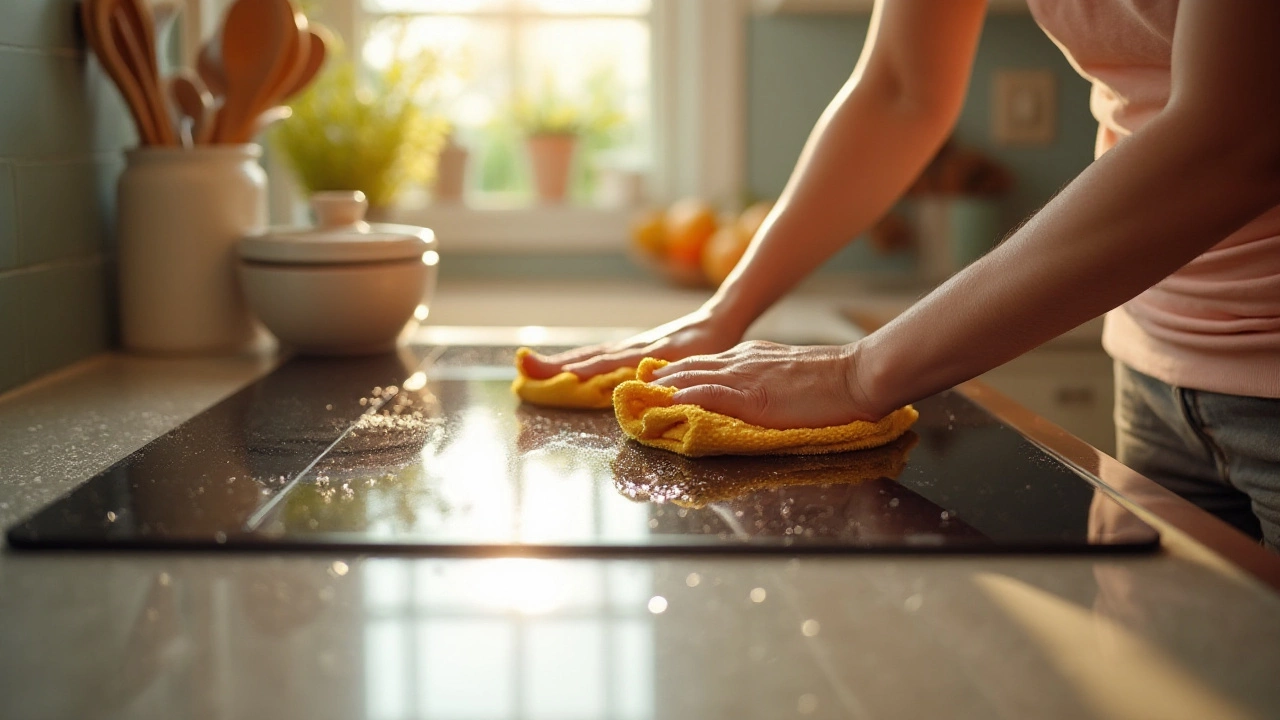Hob Lifespan: How Long Does Your Kitchen Hob Really Last?
If you’ve ever wondered whether your hob will survive the next decade of cooking, you’re not alone. Hobs are built to handle heat, spills, and daily use, but they’re not indestructible. Knowing what drives wear and tear helps you plan repairs, avoid costly replacements, and keep meals on the table without interruption.
What Affects a Hob’s Life Expectancy
First off, not all hobs are created equal. Glass‑ceramic (often called glass hobs), electric coil, and gas models each have different stress points. A glass hob can crack from heavy pots, while a gas hob’s burners can corrode if you don’t clean them out. Here are the biggest factors that decide how long your hob lasts:
- Usage intensity: Cooking every day, especially with high heat, speeds up component fatigue.
- Cleaning habits: Scrubbing with abrasive pads can scratch the surface; acidic cleaners can eat away at metal parts.
- Spill management: Letting sugary or salty spills sit can lead to pitting and ghosting on glass surfaces.
- Power quality: Frequent power surges strain the electronic controls in modern hobs.
- Installation quality: Poor leveling or loose connections cause uneven heating and early failure.
Overall, a well‑maintained glass hob typically lasts 8‑12 years. Gas hobs can push 12‑15 years if the burners stay clean. Electric coil hobs may stretch even longer, but the visible wear on the coils often prompts an upgrade sooner.
Tips to Stretch Your Hob’s Life
Now that you know the wear triggers, let’s talk about what you can do today to add years to your hob:
- Wipe spills immediately. Use a soft cloth and a mild cleaner. For stubborn burnt‑on food, a specially designed hob scraper works without scratching.
- Avoid heavy pots. Large cast‑iron pans can stress the glass. If you need a heavy pot, place a thin metal sheet underneath to distribute pressure.
- Use the right cookware. Flat‑bottomed pans provide even contact, reducing hotspots that can damage the surface.
- Turn off the hob when you’re done. Leaving it on “warm” for hours burns energy and ages the heating elements.
- Check the power supply. Install a surge protector if you live in an area with frequent voltage spikes.
- Schedule a professional check. A yearly visit can spot loose connections or burner wear before they become a major issue.
When a hob finally shows signs of failure—persistent ghosting, uneven heating, or igniter problems—it’s time to weigh repair versus replacement. Minor fixes like replacing a faulty control board or swapping a burnt glass panel are often cheaper than buying a new unit, especially if the rest of the hob is in good shape.
Bottom line: regular, gentle care can push a typical hob’s lifespan well beyond the average. Treat it like any other kitchen tool—clean it right, use it within its limits, and call in a pro when something feels off. Your hob will reward you with reliable cooking for years to come.

